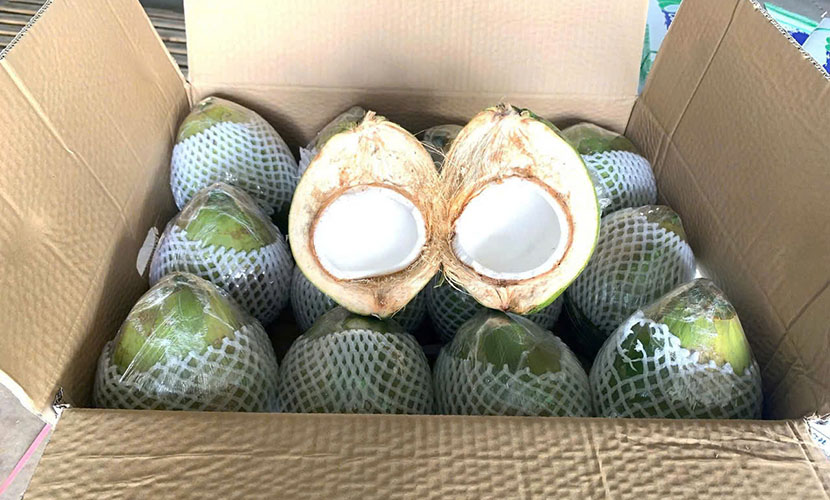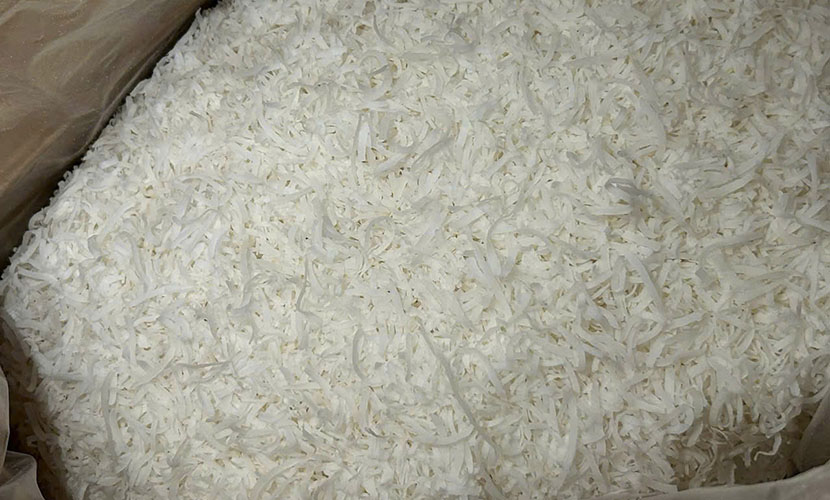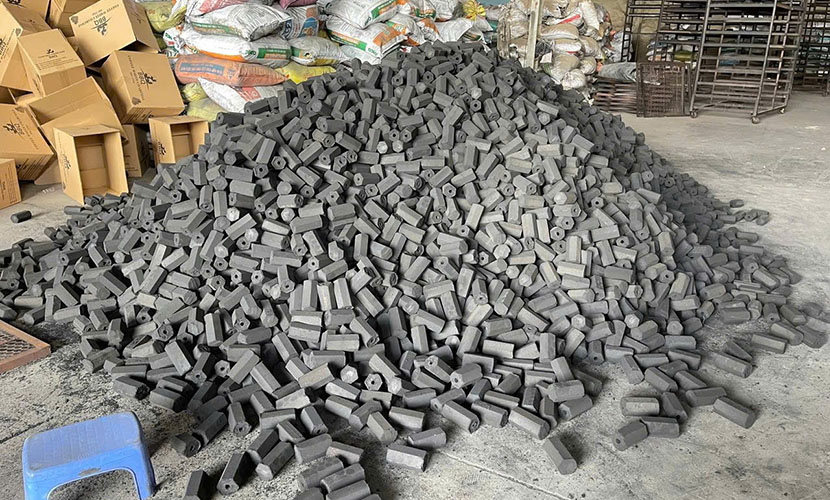
The surge in raw coconut exports is causing Vietnam’s coconuts to miss out on opportunities to increase added value. It is time to implement proper regulatory policies to retain raw materials for deep processing. As a result, it helps develop high-value products and elevate the national brand.
For just three years, the price of Vietnam’s coconuts has increased more than sixfold. Specifically, it rose from VND 3,000 per nut in 2022 to VND 19,000 in the first four months of 2025. The prices have slightly decreased since June, currently around VND 14,000 per nut. However, the raw coconut prices remain at historic highs.

Vietnam’s coconuts
At first glance, increasing price of Vietnam’s coconuts might seem like a positive sign for coconut farmers. However, the reality is the opposite for domestic processing businesses. Instead of benefiting from added value, many enterprises are struggling with severe raw material shortages. As a result, it forced them to cut production or operate at minimal capacity.
Ben Tre province is the “capital” of Vietnam’s coconut industry. There are a half of of coconut output exports as the raw material forms. Most of this volume goes to the Chinese market as fresh, whole coconuts without any processing. This means that hundreds of domestic processing plants should compete unfairly with foreign traders right in their home market.
Vietnamese coconut raw materials are increasingly ‘bleeding’ overseas, leaving local factories without enough coconuts for deep processing. This directly affects export contracts and threatens the jobs of thousands of local workers.
Additionally, the shortage of raw materials has forced Vietnam to spend significant sums importing coconuts. In the first four months of 2025, Vietnam spent VND 183 billion importing coconuts. It was more than 11 times the amount from the same period last year.

Desiccated coconut from Vietnam
In the world, Indonesia is one of the top coconut exporters. It is currently considering an 80% export tax on raw coconuts to protect its domestic processing industry. Meanwhile, the Philippines and Malaysia have already imposed bans on raw coconut exports.
This surge in raw coconut exports is stripping Vietnam’s domestic processors of the chance to generate higher added value. From being a country with clear advantages, Vietnam’s coconut industry now risks falling behind its potential if regulatory policies are not soon adjusted.
Experts say Vietnam needs to apply taxation as a technical barrier to preserve materials for domestic processing. Specifically, they proposes an export tax on unprocessed coconuts, such as whole husked or dry coconuts. A proposed rate of around 5% would be enough to regulate trade flows without shocking the market.
Such policies were not new because several countries have applied them. Indonesia imposed high taxes on raw coconut exports. Malaysia and the Philippines prohibited them altogether. The goal is to retain raw materials for domestic companies to carry out deep processing. Thereby, it will produce higher-value products and build a national brand. Most importantly, it will sustain employment for millions of rural workers.

Coconut shell charcoal from Vietnam
Vietnam has a major opportunity if it acts in time. The coconut is not only a traditional native crop but also a critical input for many industries, from food and cosmetics to handicrafts. If the full value chain of the coconut is effectively utilized, Vietnam can go beyond selling coconut water.
Also, Vietnam can develop premium products like cold-pressed coconut oil, canned coconut milk, natural cosmetics, and even wellness products from coconut coir and coconut charcoal.
The issue is one of vision. If Vietnam remains focused solely on short-term raw exports, it will continue to serve as a raw material supplier to the world. In contrast, deep processing and brand development is the only sustainable path to lift the coconut industry out of the low-value trap.
Of course, regulating raw exports cannot be done in isolation. It requires coordinated action from multiple ministries. At the same time, Vietnam needs to develop a sustainable raw material zoning plan. In addition, it needs to apply modern science and technology to boost productivity, and invest in post-harvest preservation to reduce losses.
Vietnamese source: https://thuonghieusanpham.vn/giu-nguyen-lieu-nang-gia-tri-thuong-hieu-dua-80804.html
